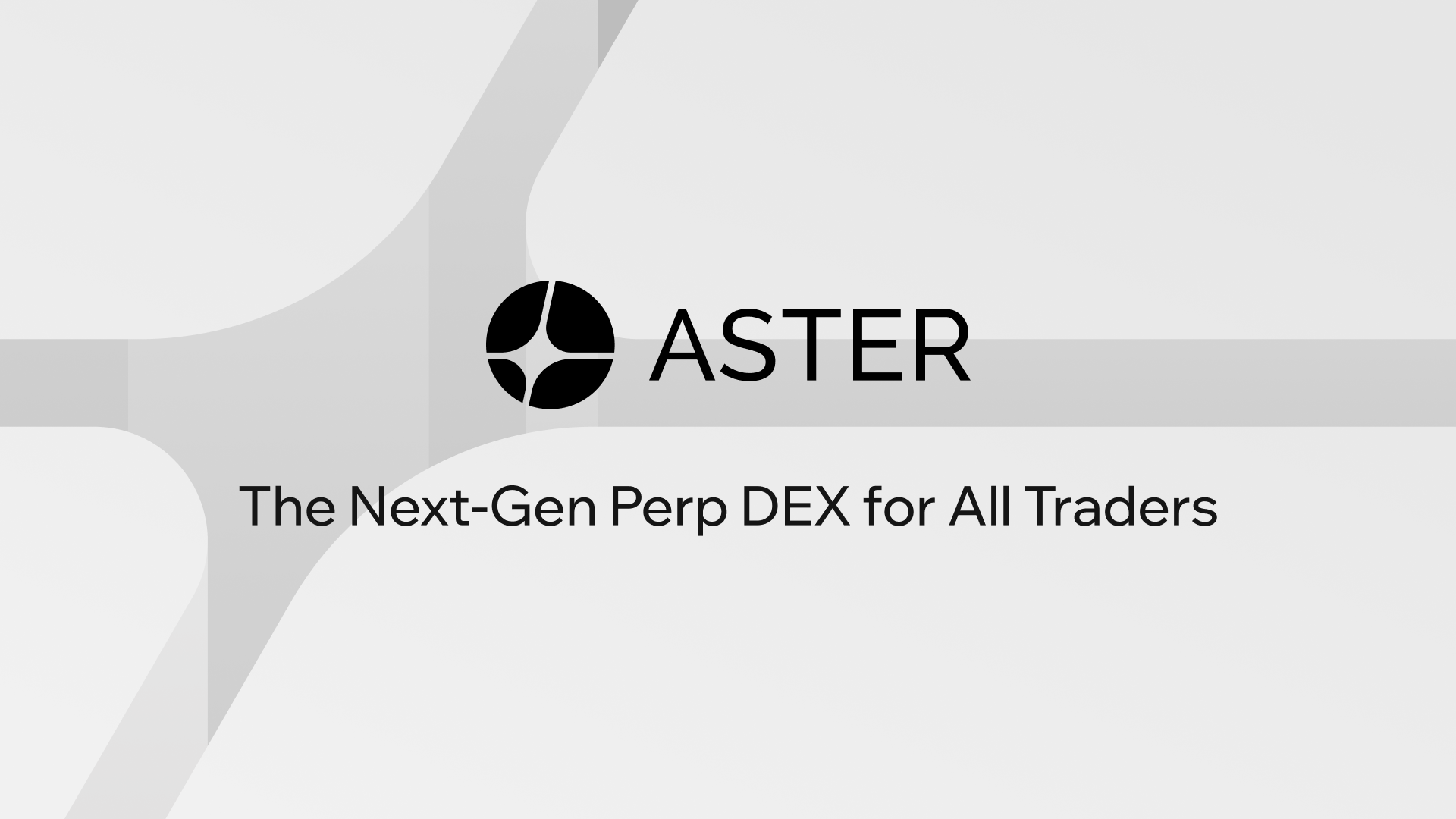Whoa! The first thing I noticed when I moved a chunk of DOT and a few parachain tokens into a Polkadot-native DEX was how… calm it felt. Really? Yeah — low fees do that to you. My instinct said this would be marginal, but my portfolio disagreed. Initially I thought network effects would swamp any small advantage, but then I started tracking trades and rewards and things shifted.
Here’s the thing. Polkadot’s architecture — parachains, relay chain, shared security — gives traders a practical edge: cheaper, faster swaps and staking that can be composable inside DeFi apps. Hmm… that composability is the secret sauce. On one hand you get lower per-swap friction. On the other, you unlock layered strategies: stake some tokens, use staking derivatives to provide liquidity, then earn trading fees on top. On the flip side, there are trade-offs — lockups, slashing risk, and protocol token inflation — though actually those trade-offs aren’t showstoppers for disciplined traders.
I’ll be honest: somethin’ in me liked the simplicity at first. Short trades, tiny fees, quick arbitrage windows. But then I dug deeper. Initially I assumed staking rewards were just “free yield”, but the math forced me to think about dilution, reward distribution schedules, and how APR can hide APY dynamics. I re-ran my numbers. I was surprised at how small fee savings amplify over many swaps if strategy and timing are right.
Trading mechanics matter. Medium-sized liquidity pools reduce slippage for typical DeFi trade sizes. A stable-swap pool handles same-peg assets better. AMMs on Polkadot can be optimized for parachain tokens to minimize routing. Seriously? Yes, and the real win comes when you combine staking rewards with smart swaps and liquidity provisioning. That combo can beat naive yield-chasing.

How staking rewards fit into a trader’s playbook
Short answer: they provide yield and align incentives, but only if you understand timing and risk. If you stake directly to validators on Polkadot you get NPoS rewards based on stake weight and validator performance. If validators perform poorly you risk slashing; if they run lots of commission you eat returns. So pick wisely — check historical uptime and commission moves — and remember that rewards are often rebalanced in eras, not in real-time.
One tactic I use is splitting positions. Small portion to a conservative nominator setup, a medium portion into staking derivatives or liquid staking tokens, and another piece into LP positions where I can capture swap fees. This way, my portfolio stays liquid enough for quick rebalancing while still earning passive yield. On paper it looks neat. In the messy real world, you’ll face bridge latency, airdrop distractions, and the odd UI glitch — but the core math holds.
Here’s a practical checklist: assess validator reliability, compute net APR after commissions, convert APR to APY if compounding, and factor in potential slashing probability. Then layer in expected swap fee savings per trade. Combine all that and you have a clearer view of whether staking plus active trading improves returns versus pure spot trading.
There’s also an alternative: staking derivatives. These tokens represent staked positions but stay liquid, letting you farm, lend, or swap without unbonding delays. They’re not risk-free. They often introduce counterparty or protocol risk. Initially I thought derivatives were just another convenience product, but then I realized they let you capture yield while keeping exposure for nimble trading — and yes, that can be very very important if you trade often.
Token swaps on Polkadot — cheap, composable, and nuanced
Low fees are obvious. But the nuance is in routing and pool design. Multi-hop swaps can be cheaper than single-toxic pools if AMM curves and liquidity depths are favorable. Also, slippage matters more than headline fees for midsize orders. My instinct warned me about slippage before the data did; gut checks help.
AMMs come in flavors. Constant product is ubiquitous, but hybrid curves help for same-peg assets. Impermanent loss remains a real drag when volatility spikes. On one hand you earn fees and possibly farming rewards; on the other hand you expose principal to divergence loss. Actually, wait—let me rephrase that: the net outcome depends on trade volume, volatility, and time horizon. If the pool sees lots of trades and low volatility you can come out ahead. If not, you might underperform simple staking.
Cross-chain messaging and bridges also matter if you’re moving assets across parachains. Bridges add latency and risk. But within Polkadot’s XCMP-enabled ecosystem, the friction is lower than moving assets across separate L1s. That’s why local DEXs on Polkadot feel fluid. Check gas mechanics too: fees are low, but they vary by parachain and runtime weight. So plan your batch ops accordingly.
Okay, so check this out—there’s a practical hack: use staking derivatives as LP collateral to simultaneously earn rewards and trading fees. That often beats putting all tokens into vanilla staking, especially if you’re a frequent trader. I tried a version of this and the compounding effect surprised me. There were UI quirks — somethin’ would sometimes show stale APYs — but the underlying yield stack worked.
Risk architecture — what can go wrong
Short list: slashing, smart contract bugs, impermanent loss, price manipulation, bridge exploits, and governance dilution. Hmm… governance dilution is underrated. Protocols mint governance tokens to reward liquidity; that inflation reduces token value unless growth outpaces emission. Initially I thought governance token airdrops were pure upside, but distribution can swamp price if not managed.
Don’t ignore upgrade risk. Parachains iterate. Runtime upgrades can change fee models or reward schedules. On one hand that’s innovation; on the other hand it introduces uncertainty. Traders who adapt fast win, though that requires monitoring and occasionally painful repositions.
Security posture matters. Audits help but don’t guarantee safety. Look for multi-audited code, bug-bounty history, clear owner-rescue timelocks, and onchain governance transparency. If a protocol repeatedly changes code without clear governance rationale, that’s a red flag. I’m biased, but those patterns have bitten people before.
Where aster dex fits into this picture
I’ve used a few Polkadot DEXs and I can say aster dex made some design choices that feel trader-first. Their fee structure and local pooling logic are optimized for parachain tokens, which reduces routing overhead for many common pairs. The UX isn’t perfect — there are timing quirks on batch settles — but the reduced fees plus staking-compatible tooling made certain strategies practical for me. Check them out if you want a feel for Polkadot-native swaps: aster dex.
That single integration removed one layer of friction I was bumping into on cross-parachain setups. Still, I’m not waving a flag. I tested small sums first, then scaled when patterns held. That’s the approach: validate, then scale. Double check the reward mechanics and any temporary incentives that might skew APY numbers.
FAQ
How do staking rewards differ across parachains?
Rewards are set by each token’s economics and the validator structure. Parachains often have their own tokenomics: inflation rate, reward distribution, and bonding periods vary. Compare net APR after fees and commission, and watch reward epochs — some pay out more frequently than others.
Are staking derivatives a must for active traders?
Not a must, but useful. They let you keep liquidity while earning staking yield. The trade-off is protocol dependency: if the derivative issuer fails, you can lose value. Use reputable protocols or diversify across derivative providers.
How should I think about impermanent loss vs. staking rewards?
Model scenarios. If expected trading volume produces fee income exceeding expected IL given volatility, LPing can beat staking. If volatility is high and volume low, staking may be safer. Many traders split allocations to hedge both exposures.
My closing thought: I’m cautiously optimistic. Staking rewards plus low-fee swaps on Polkadot enable layered strategies that were clunky elsewhere. There’s work involved — research, monitoring, and sometimes quick moves — but the edge is real. On one hand you get composability and savings; on the other hand you must manage protocol and validator risk. That’s the trade. I’m not 100% sure of everything — who is? — but the pattern is clear enough for active DeFi traders to take advantage without leaping blindly.
So—if you trade on Polkadot, think beyond single-angle yield. Mix staking with smart swaps, protect against slashing, watch emissions, and adapt. That combination, done carefully, can change returns materially. Wow!


